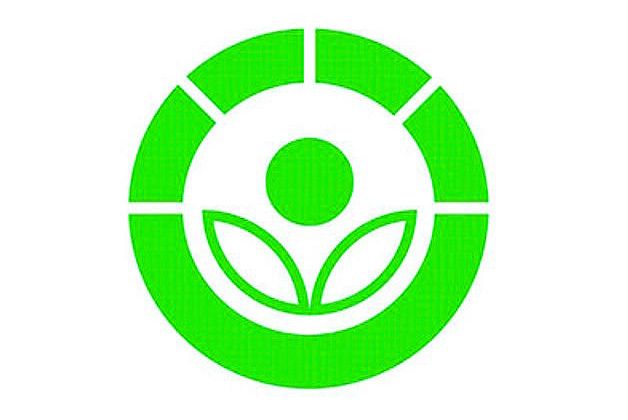Would you like some zapped fries with that? The dirt on irradiation
November 23, 2012
 If your fries (or, more precisely, the potatoes cut into fries) were zapped with radiation would you want to know? In this week’s Ecoholic column in NOW I dig up a lot of dirt on what irradiation does to your food as well as what signs to look for to know whether it’s been zapped. At this point, there should be signage in grocery stores telling you if your potatoes/onions/spices (and if you’re in the US, your beef/chicken/lettuce) have been irradiated but if you’re eating out, there’s still no way to know.
If your fries (or, more precisely, the potatoes cut into fries) were zapped with radiation would you want to know? In this week’s Ecoholic column in NOW I dig up a lot of dirt on what irradiation does to your food as well as what signs to look for to know whether it’s been zapped. At this point, there should be signage in grocery stores telling you if your potatoes/onions/spices (and if you’re in the US, your beef/chicken/lettuce) have been irradiated but if you’re eating out, there’s still no way to know.
I also got to talking to past founding president of CAPE (Canadian Association of Physicians for the Environment) Warren Bell and he brought up some pretty interesting points. I mention how every very time there’s a tainted meat/lettuce/nut scandal, talk of zapping more food items with radiation to kill off pathogens comes up. Bell says all eyes should fall to the nuke industry. Every time there’s a scandal, they do polls and put out feelers with the press to get us talking irradiation again. Why would they bother? What’s the connection? Bell says the food irradiation biz is a PR-friendly way of making use of the nuclear industry’s dirty waste, that it essentially “rehabilitates” or launders nuke waste in the public eye. Bottom line, irradiation doesn’t kill all bacteria and Bell says there’s no real evidence that irradiated meat is safe for human consumption.
By the way, in my column I also brought up how Australia banned irradiated pet food once 30 cats died after eating highly irradiated food. Up until then, the irradiation of imported cat food was mandatory in Oz. Here’s a full article from a veterinary news site on the topic. The brand involved in that 2009 scandal, a Canadian company (Champion) says it never sold irradiated pet food elsewhere. How do you know if your brand is irradiating your pet’s food in here in North America? There’s only one way to find out: ask.
